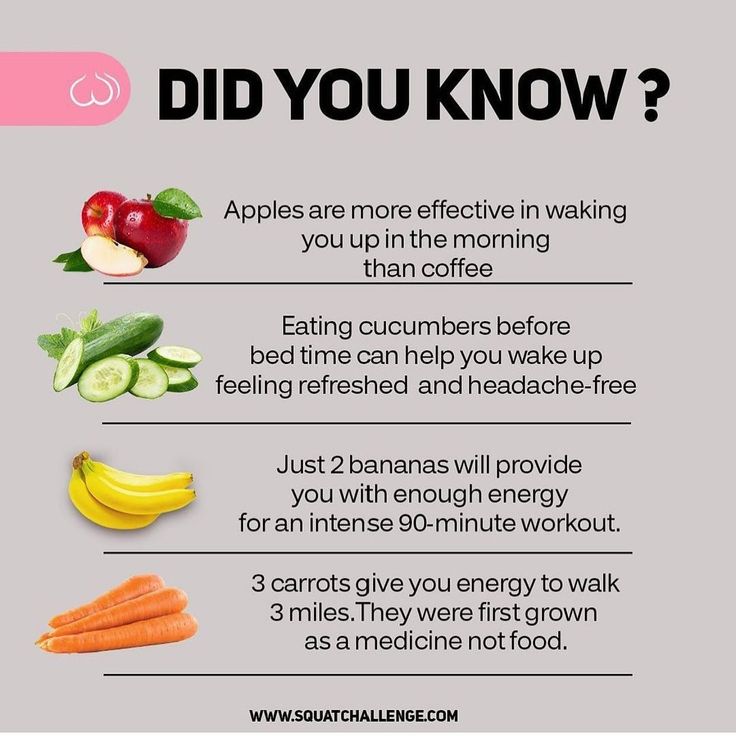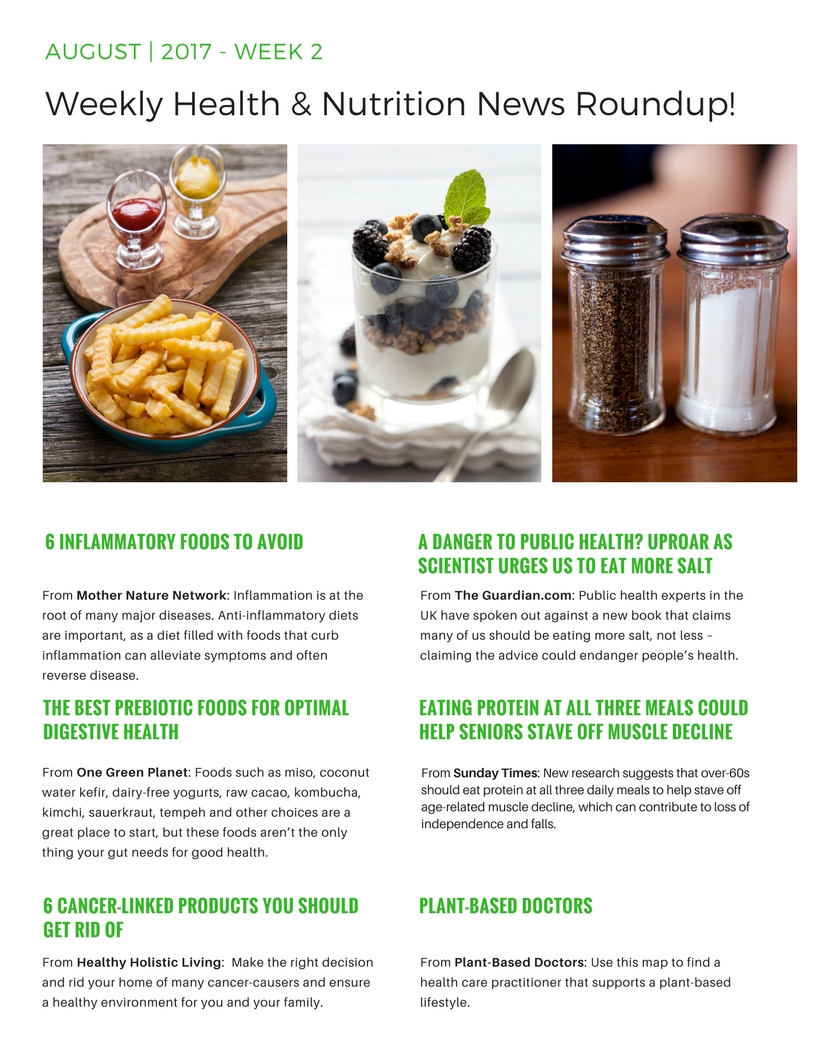
Nutrient dense foods refer to food products that contain a high amount of beneficial nutrients. These nutrients include vitamins, minerals, healthy fats, and amino acids. Examples of these are nuts, whole grains, seeds, and seafood.
Low resource groups are typically less aware of and less likely to eat nutrient-dense food. Interventions have been created to improve access to and the use of nutrient rich foods. The report offers five broad strategies for increasing access to and the use of nutrient dense foods.
The first step in any strategy involves identifying the primary obstacles that prevent people from accessing and using nutrient-dense foods. It is also important to assess the potential for addressing these constraints. In Tanzania, for example, there are several factors that prevent businesses from producing or providing nutrient dense foods.
One key reason is the lack business incentives. Businesses tend to concentrate on creating high quality products targeted at wealthy customers. They have little incentive to meet the nutritional needs of poor consumers. Fresh food, especially, is more difficult to transport over long distances.

Another problem is the inability to distinguish nutrient-dense products from those with lower nutritional content. It is difficult for regulatory agencies to reach small business. A third constraint is the absence of a business environment that provides a mechanism for earning commercial returns from nutrient dense foods.
The constraints aside, it is crucial that both the private and public sectors work together in order to increase the supply of nutritious foods. A combination of interventions may be able to overcome some of these restrictions, according to Tanzania's experience. Programs can be used to support enterprise clusters and conduct behaviour change communication. They also help with nutrition.
It is possible to use agricultural policy to promote market-based distributions nutrient dense food. Ethiopia's government is open to working with the private sector. But, the government's focus on commercialization has led to the neglect of nutrient-dense crops. Furthermore, it is necessary to implement more targeted policies to support markets for nutrient density foods.
There are many ways to encourage market-based distributions of nutrient-dense food products, but the biggest challenge is mobilizing sufficient funds for non-profit distribution. Non-profit distribution is a reliable source of demand for businesses. The problem of providing nutritious foods for the poor will not go away.
It is important to provide nutrition-dense foods in a sustainable and community-based way. Such interventions should use locally produced nutrient-dense foods, as a key component of a comprehensive nutrition program.

It is a long-term investment to provide nutrient dense foods. This is especially true if you want to fortify nutrient-dense foods. The resources needed for fortification are substantial over the long-term. Despite these limitations, the report provides specific strategies to improve the market for nutrient rich foods.
The key message of the report is that governments should address barriers that prevent the poor access to and use nutrition-dense foods. It is important to identify and collaborate with non-profit and private sectors to create solutions.
FAQ
How to measure body weight?
A Body Fat Analyzer will give you the most accurate measurement of body fat. These devices measure the body fat percentage in people who wish to lose weight.
Are there 5 ways to have a healthy lifestyle?
Are there 5 ways to have a healthy lifestyle?
Healthy living means eating right, exercising regularly and getting enough sleep. It also involves managing stress and having fun. Avoiding sugar and unhealthy fats is key to eating well. Exercise strengthens your muscles and helps you lose calories. Sleeping well improves concentration and memory. Stress management can reduce anxiety and depression. And finally, having fun keeps us young and vibrant.
What is the difference in a calorie from a Kilocalorie?
Calories are units that measure the energy content of food. Calories is the unit of measurement. One calorie contains the energy needed to raise the temperature of one gram of water by one degree Celsius.
Kilocalories refer to calories in another way. Kilocalories are measured as a thousandth of a calorie. 1000 calories, for example, equals one kilocalorie.
Statistics
- In both adults and children, the intake of free sugars should be reduced to less than 10% of total energy intake. (who.int)
- WHO recommends consuming less than 5% of total energy intake for additional health benefits. (who.int)
- WHO recommends reducing saturated fats to less than 10% of total energy intake; reducing trans-fats to less than 1% of total energy intake; and replacing both saturated fats and trans-fats to unsaturated fats. (who.int)
- Extra virgin olive oil may benefit heart health, as people who consume it have a lower risk for dying from heart attacks and strokes according to some evidence (57Trusted Source (healthline.com)
External Links
How To
27 Steps to achieve a healthy lifestyle when your family only buys junk food
Cooking at home is the most popular way to eat healthily. It can be difficult to prepare healthy meals at home. This article will offer some suggestions on making healthier choices when dining out.
-
Look for restaurants that offer healthy choices.
-
Before ordering meat dishes, order salads and other vegetables.
-
Ask for sauces with no added sugar.
-
Avoid fried foods.
-
Choose grilled meats over fried.
-
Order dessert only if you absolutely need it.
-
You must ensure that you have something more to eat after your dinner.
-
Eat slowly and chew thoroughly.
-
Drink plenty of water while eating.
-
You should not skip breakfast or lunch.
-
Have fruit and veggies with every meal.
-
Choose milk over soda
-
Try to stay away from sugary drinks.
-
Limit the amount of salt in your diet.
-
Limit the amount of time you eat at fast food restaurants.
-
Ask someone to join if temptation is too much.
-
You should not allow your children to watch too many TV programs.
-
Do not turn on the television while you eat.
-
Do not drink energy drinks.
-
Take regular breaks from the office.
-
Get up at a reasonable hour and do some exercise.
-
Get active every day.
-
Start small, and work your way up.
-
Realistic goals are important.
-
Be patient.
-
Even if you don’t feel like exercising, make time for it.
-
Positive thinking is key.